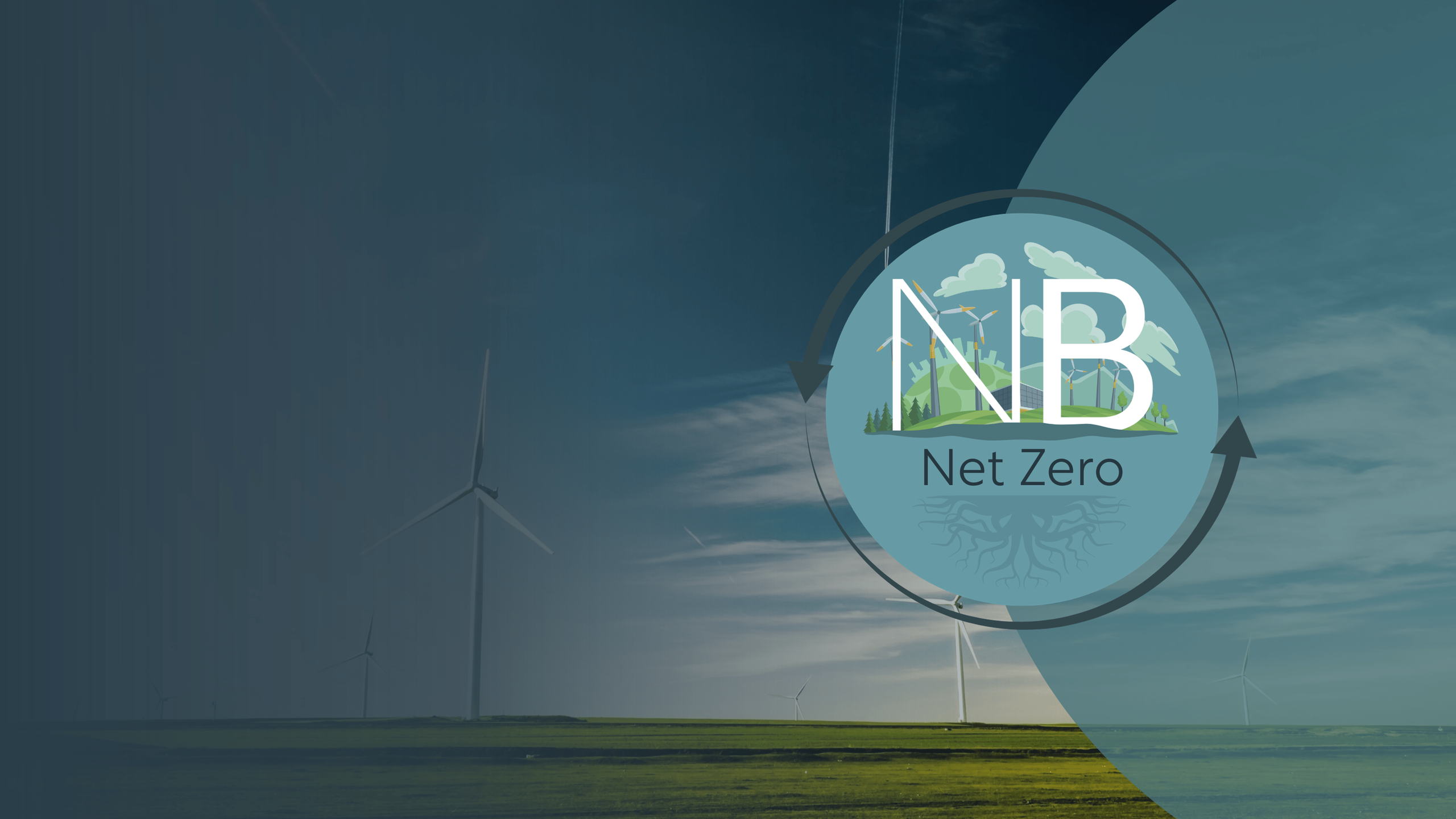
Our monthly energy transition wrap-up: a succinct snapshot of the global landscape sharing articles on market shifts, sector sentiment, and emerging trends, with additional features from industry leaders.
In this month's edition:
August highlighted both the momentum and fragility of the global energy transition. In the U.S., policy uncertainty deepened as President Trump announced a federal ban on new wind and solar projects, sparking investor concern. At the same time, data centre operators including Google, Amazon, and Microsoft urged the Treasury to maintain renewable subsidies, warning that up to 60 GW of solar projects could be lost. With AI-driven demand surging, data centres are now central to debates over energy security and grid resilience.
Progress accelerated across Asia-Pacific. Japan reduced fossil fuel generation below 60% for the first time, while China surpassed 1,000 GW of installed solar capacity - a global record. In Busan, the APAC Re-Sourcing Forum stressed the growing role of corporate procurement and policy alignment in scaling renewables.
The Middle East advanced its own agenda, with Stonepeak launching WahajPeak, a new renewables platform targeting large-scale solar, wind, and storage. Sinopec secured the contract for ACWA Power’s vast Yanbu hydrogen project, while Saudi Arabia deepened partnerships with Europe on clean energy trade.
In Europe, solar became the EU’s largest power source, though Portugal’s €466m grid upgrade highlights resilience challenges. The picture remains one of record-breaking ambition tested by political and structural headwinds.
